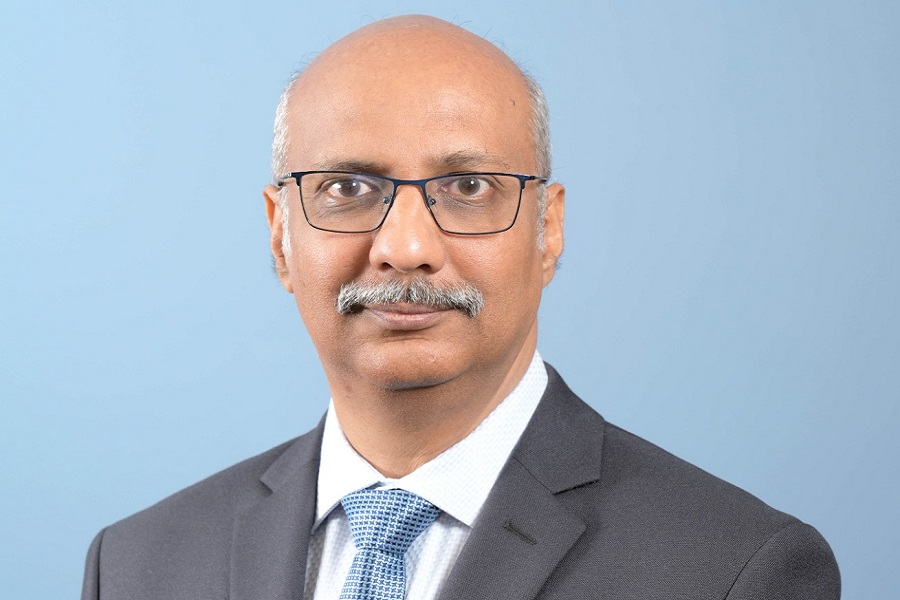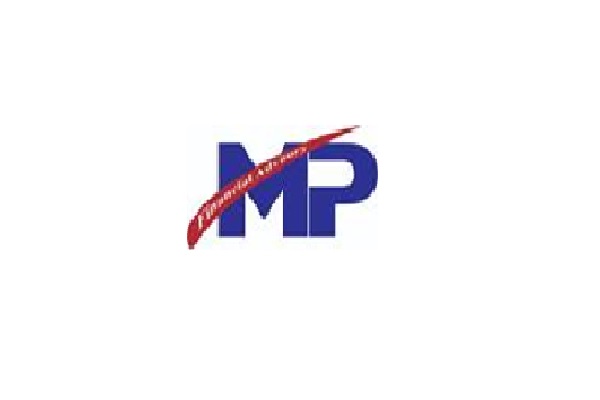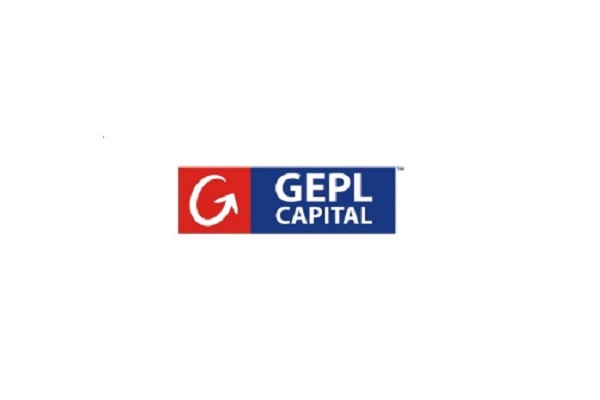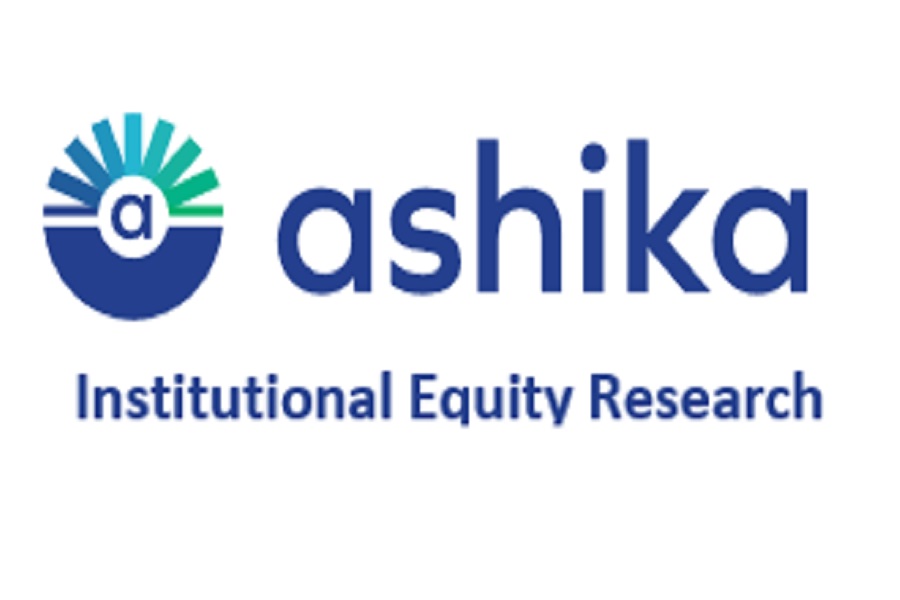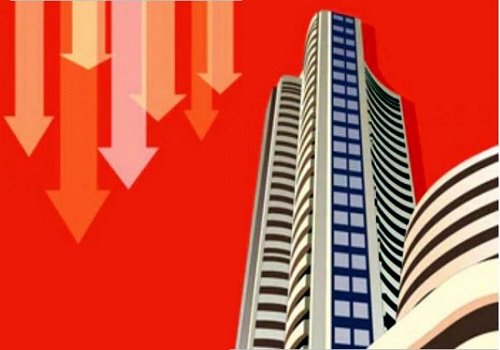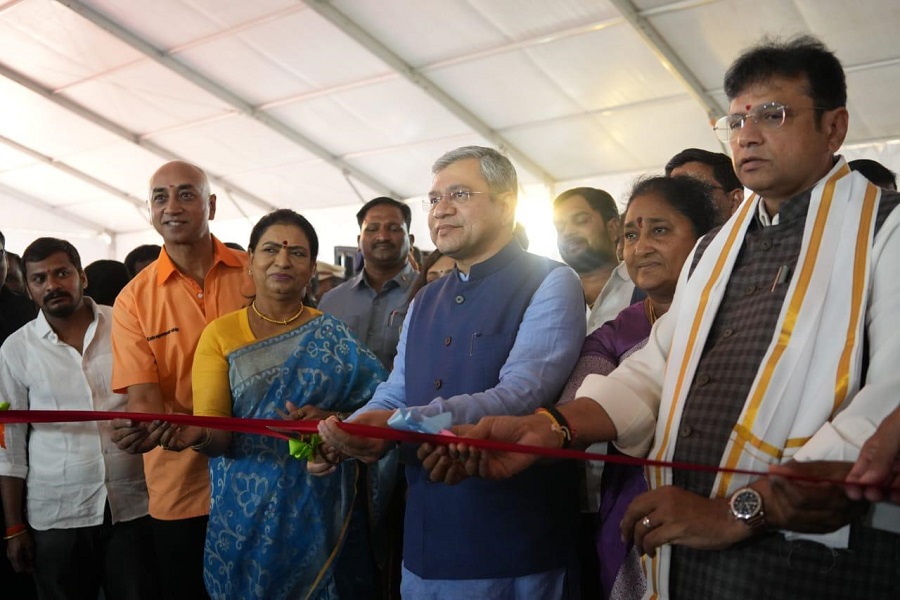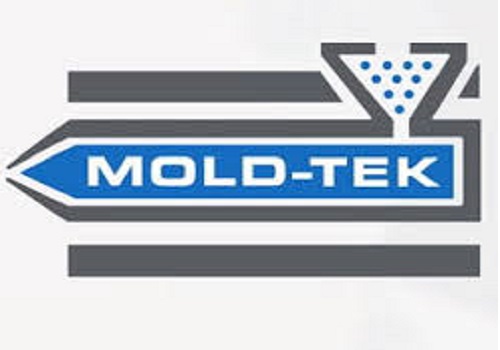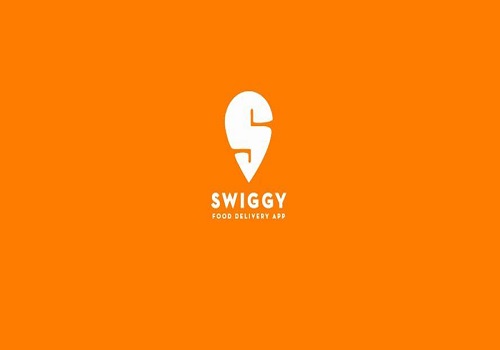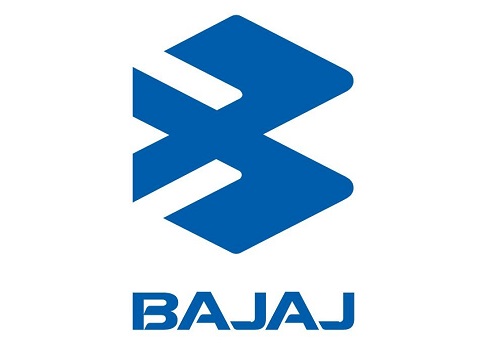Neutral Page Industries Ltd For Target Rs.36,500 By Motilal Oswal Financial Services
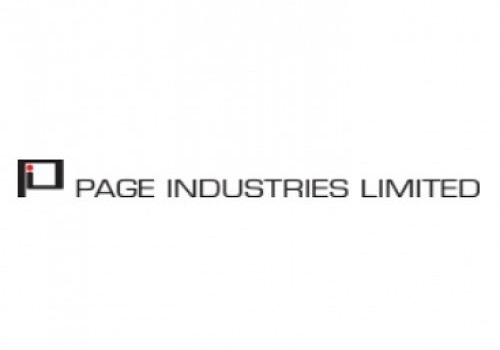
All eyes on inventory liquidation; the moat remains unchanged
We recently had an interaction with Mr. Deepanjan Bandyopadhyay, the CFO of Page Industries (PAGE), to gain insight into industry trends and PAGE’s long-term growth drivers. Please find below our key meeting takeaways along with our perspective on the business:
Demand revival – a key monitorable
* According to our interaction with the management, the demand pressures appear to be stabilizing, and there should be a gradual recovery. However, the timing of full recovery remains uncertain, especially in normalizing the inventory levels. Industry demand is crucial during April to June as it will assist in reducing the high inventory levels. We will monitor the demand recovery in the next 60- 90 days. Our initial checks suggest that the recovery has been marginal during the last 3-4 weeks. Within the high-channel inventory, no price hike is expected though yarn prices have experienced some inflation in the last few months.
* PAGE reported about 5% YoY decline in revenue during the last five quarters. It has slightly reduced its channel inventory, but inventory levels still exceed the desired levels. We are still awaiting more clarity on the near-term demand recovery. However, we expect that after a weak FY24 performance, the channel inventory should be normalized post-1QFY25.
Building a strong foundation for success
* PAGE’s business moat lies in its focused approach to its core innerwear business, emphasizing innovation, quality, and R&D to stay ahead. PAGE upholds the aspirational value of the ‘Jockey’ brand, while being mindful of customer price points and refraining from excessive discounts. ? PAGE stands out by manufacturing its products in-house, with 15 manufacturing units predominantly located in Karnataka and Tamil Nadu. Over 80% of production is conducted in-house, allowing meticulous oversight of the entire manufacturing process.
* PAGE strategically expanded its distribution network across India through various channels, including multi-brand outlets (MBOs), exclusive brand outlets (EBOs), large format stores (LFS), and ecommerce platforms. With over 1,13,688 MBOs and 1,390 EBOs serviced by 4,170+ distributors, PAGE has a wide reach spanning 2,750+ cities and towns. The company has seen rapid growth in EBOs, achieving an 18% CAGR over the past five years. Implementing a direct channel distribution model, PAGE ensures exclusivity on shelf space and maintains efficient cash conversion cycles through strong supply chain control.
* PAGE has among the most efficient cash conversion cycles in the innerwear market. The company gradually reduced its inventory days to 59 in FY22 from 101 in FY17. Due to weak demand in 2HFY23 and FY24, the company’s inventory has piled up but it is still less than the peers. However, we expect inventory days to reduce due to PAGE’s Automated Replenishment System (ARS). The ARS is a distributor management system that will improve the supply chain and help in having a better quality inventory, which will improve the inventory turn of distributors.
* The company spends ~3% of sales on A&P and plans to increase its marketing spending to drive business growth. PAGE is also very particular about its capital allocation, investing primarily in core projects with a minimum threshold of 20% RoCE. Additionally, management maintains a high dividend payout ratio of over 50%.
Our view
* PAGE continues to experience a weakness in growth amid subdued demand in the apparel industry. Weak demand has resulted in excess inventory at channel partners. Management is taking several initiatives to optimize channel inventory. The industry is expected to continue facing demand-led headwinds in the near term.
* Margins of innerwear companies were affected by increased discounts and volatile raw material prices. Additionally, companies had to increase advertising and promotion (A&P) expenses to stimulate volume growth, which affected operating margins. However, with demand showing signs of improvement, management indicated that the contraction in operating margins has ceased. PAGE is witnessing a gradual inventory adjustment towards an optimal level. This will increase full-priced sales, thus improving margins.
* Raw material prices spiked during 2020-22, but since then, prices have softened. Although raw material prices have increased recently, they are still within a broad range. We expect stability in raw material prices to continue. We model a 55-56% gross margin during FY25/FY26.
* We expect PAGE’s revenue to grow at 14% CAGR over FY24-26, with an EBITDA margin of ~20% (close to its long-term average).
Valuation and View
* PAGE has had a remarkable track record of revenue and earnings growth over the past decade. For the decade ending FY24E, PAGE’s sales/EBITDA/PAT are likely to post a 15%/14%/15% CAGR despite a challenging period. Earnings growth was fueled by best-of-breed sales growth, coupled with reduced utilization of the margin lever.
* We model a gradual recovery with sales/EBITDA/PAT CAGR of 14%/17%/18% over FY24-26E.
* The industry is likely to continue facing demand-led headwinds in the near term. Additionally, it will be crucial to monitor the channel inventory optimization. Though efficient cost-control measure is a positive sign, earnings outlook is still uncertain. We reiterate our Neutral rating on the stock with a TP of INR36,500 (premised on 50x Mar’26E EPS).
For More Motilal Oswal Securities Ltd Disclaimer http://www.motilaloswal.com/MOSLdisclaimer/disclaimer.html
SEBI Registration number is INH000000412
